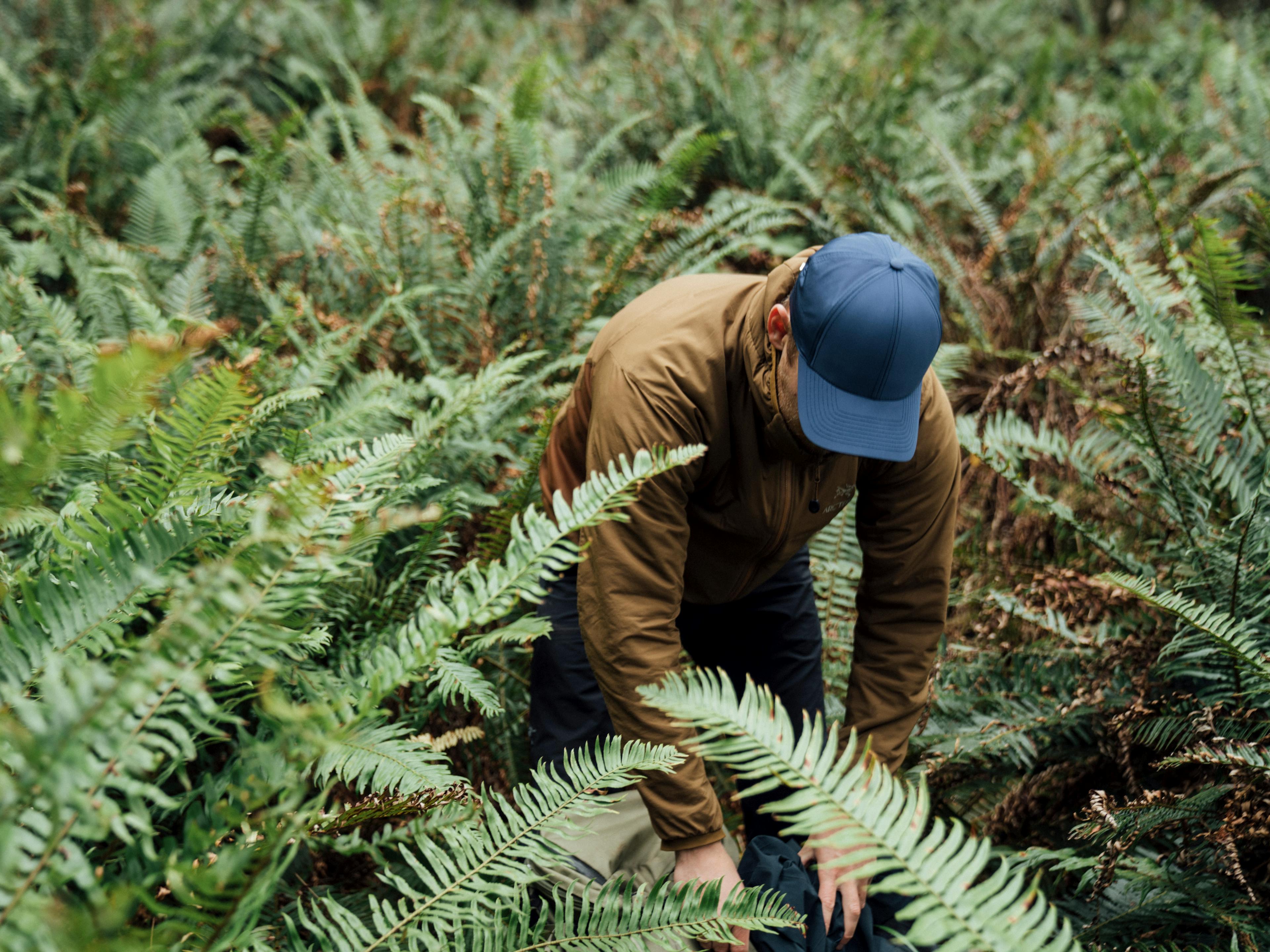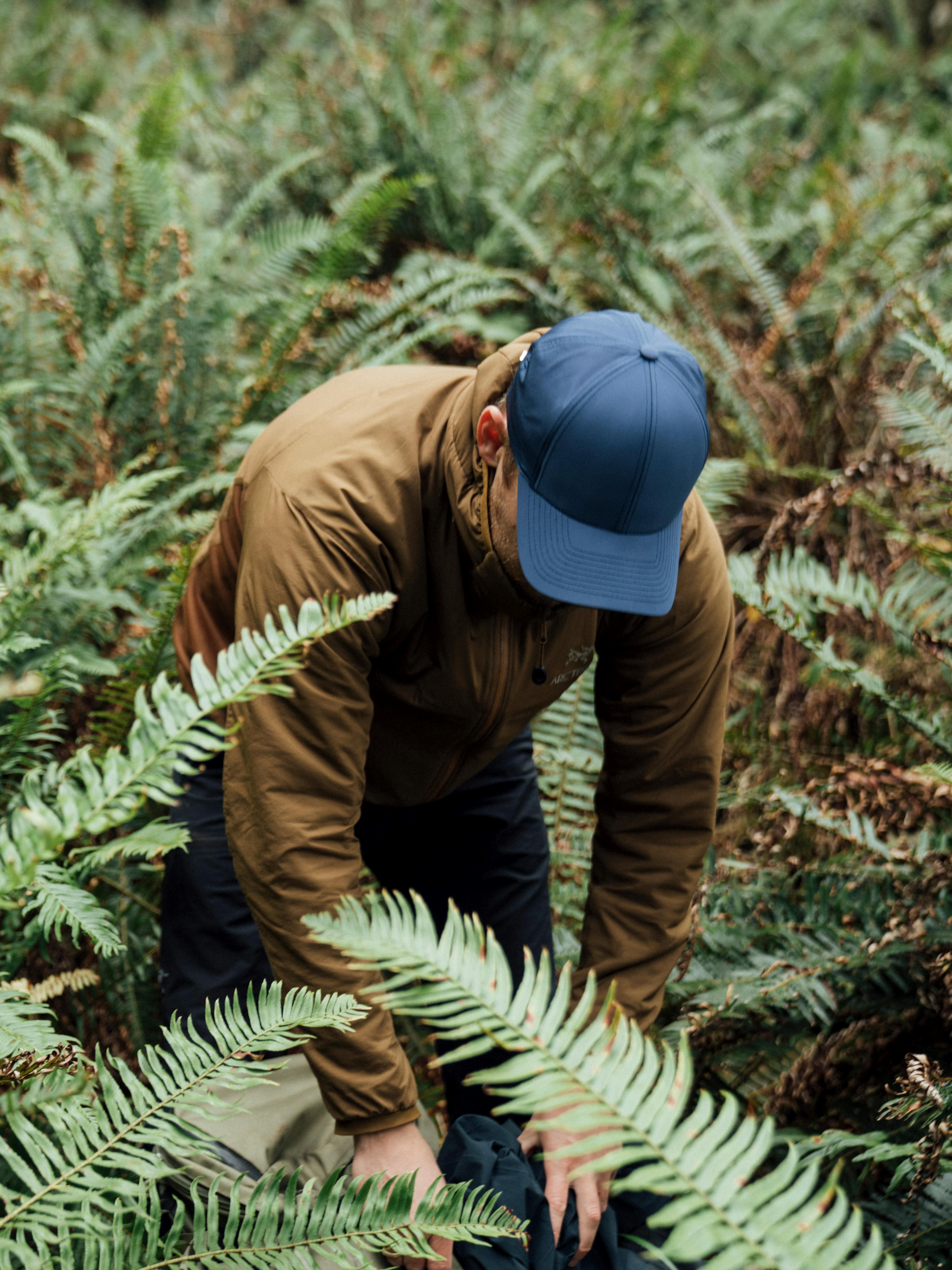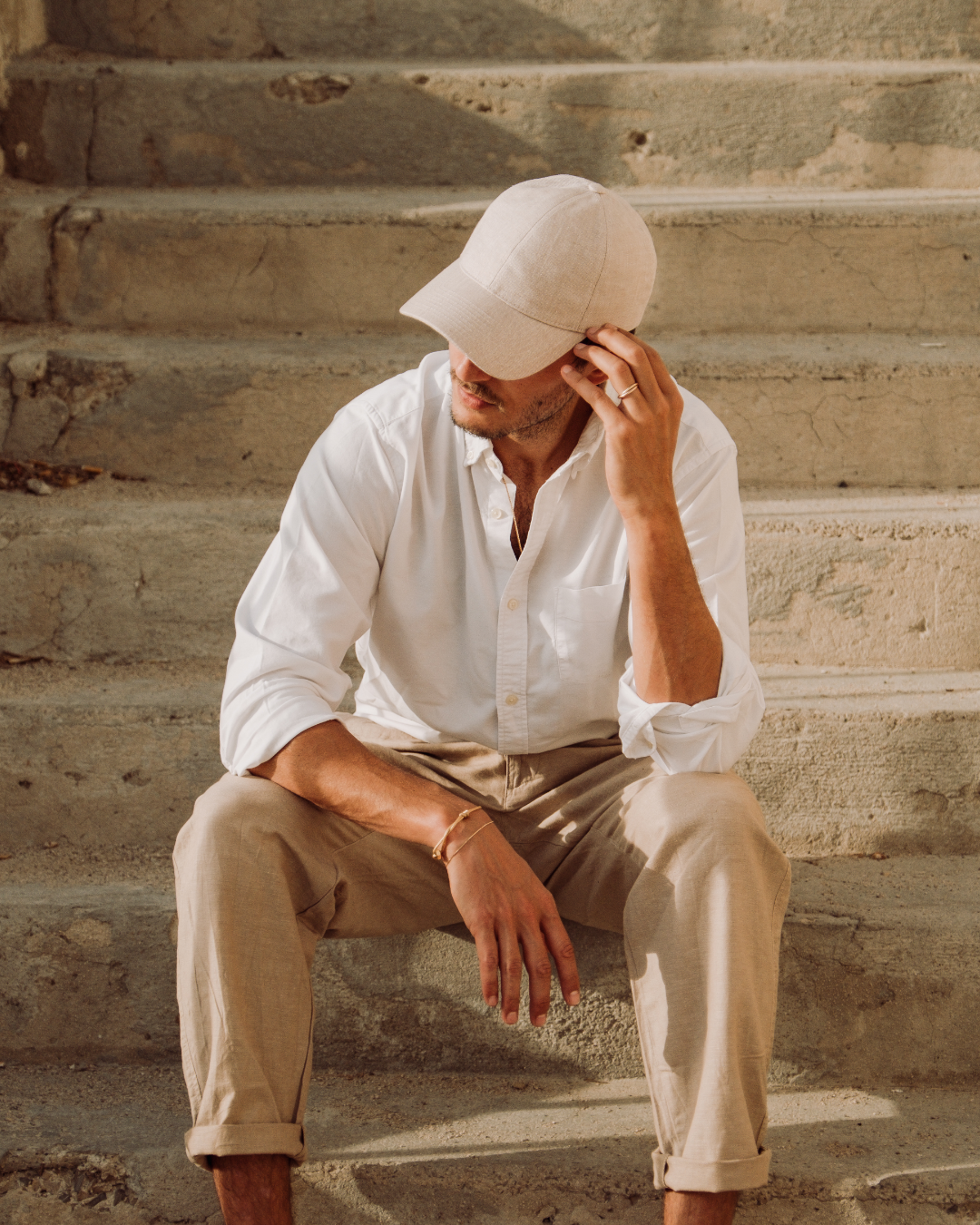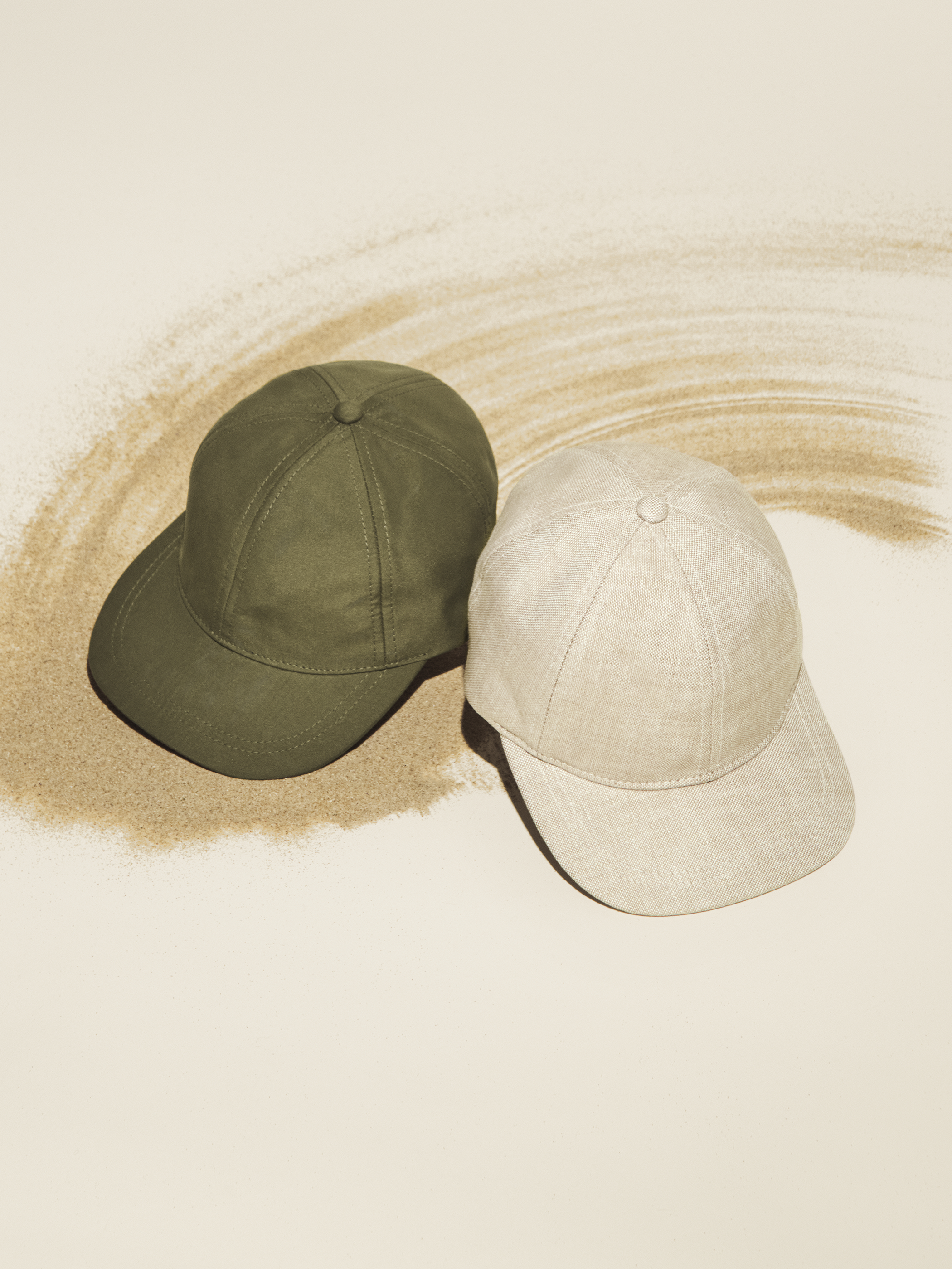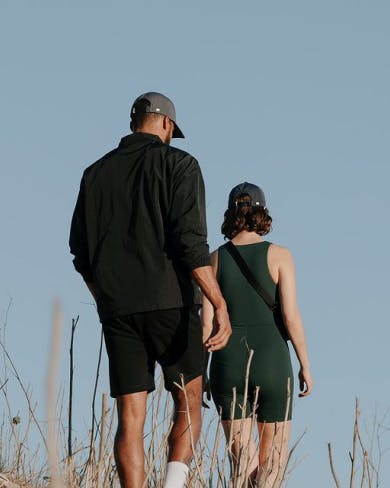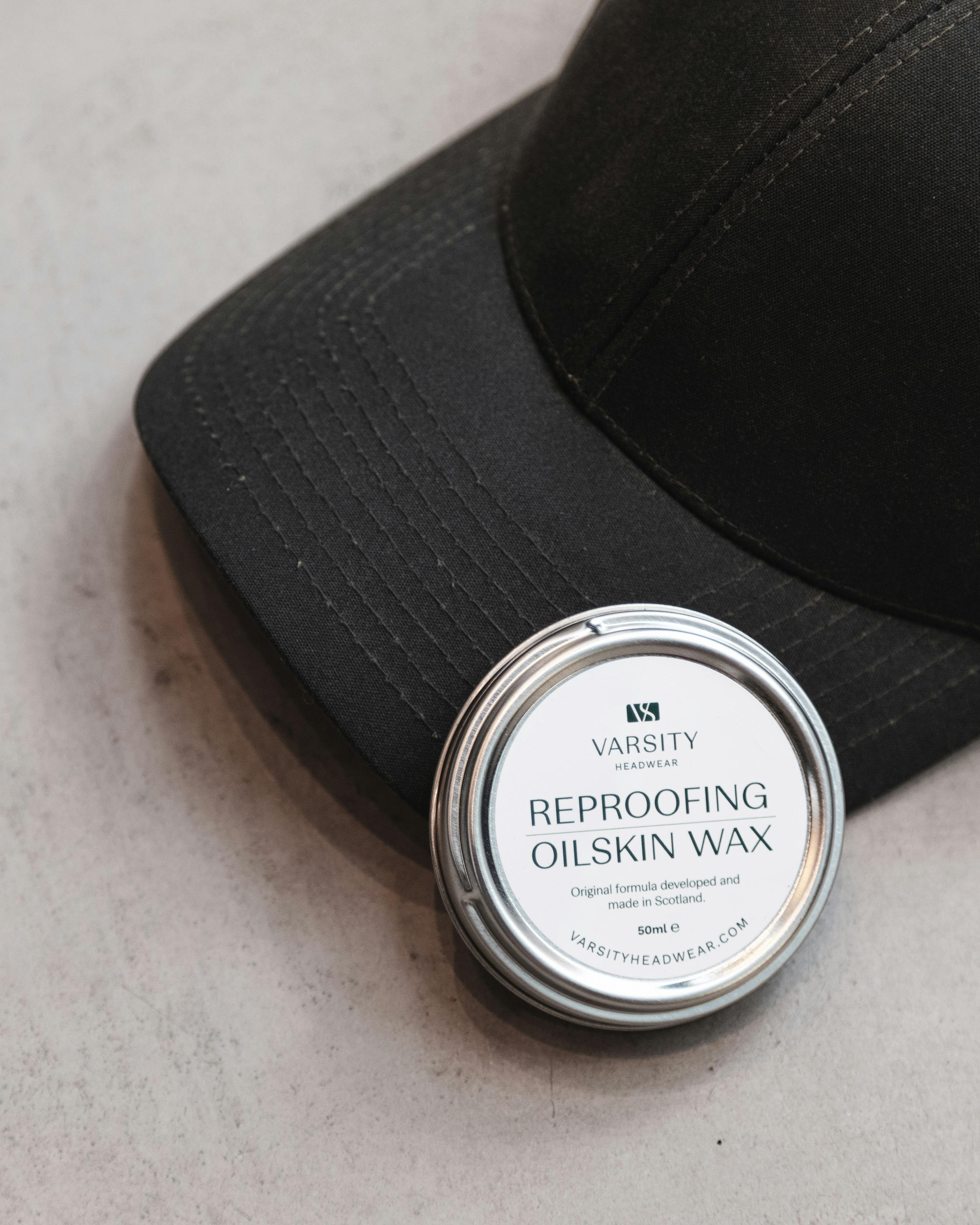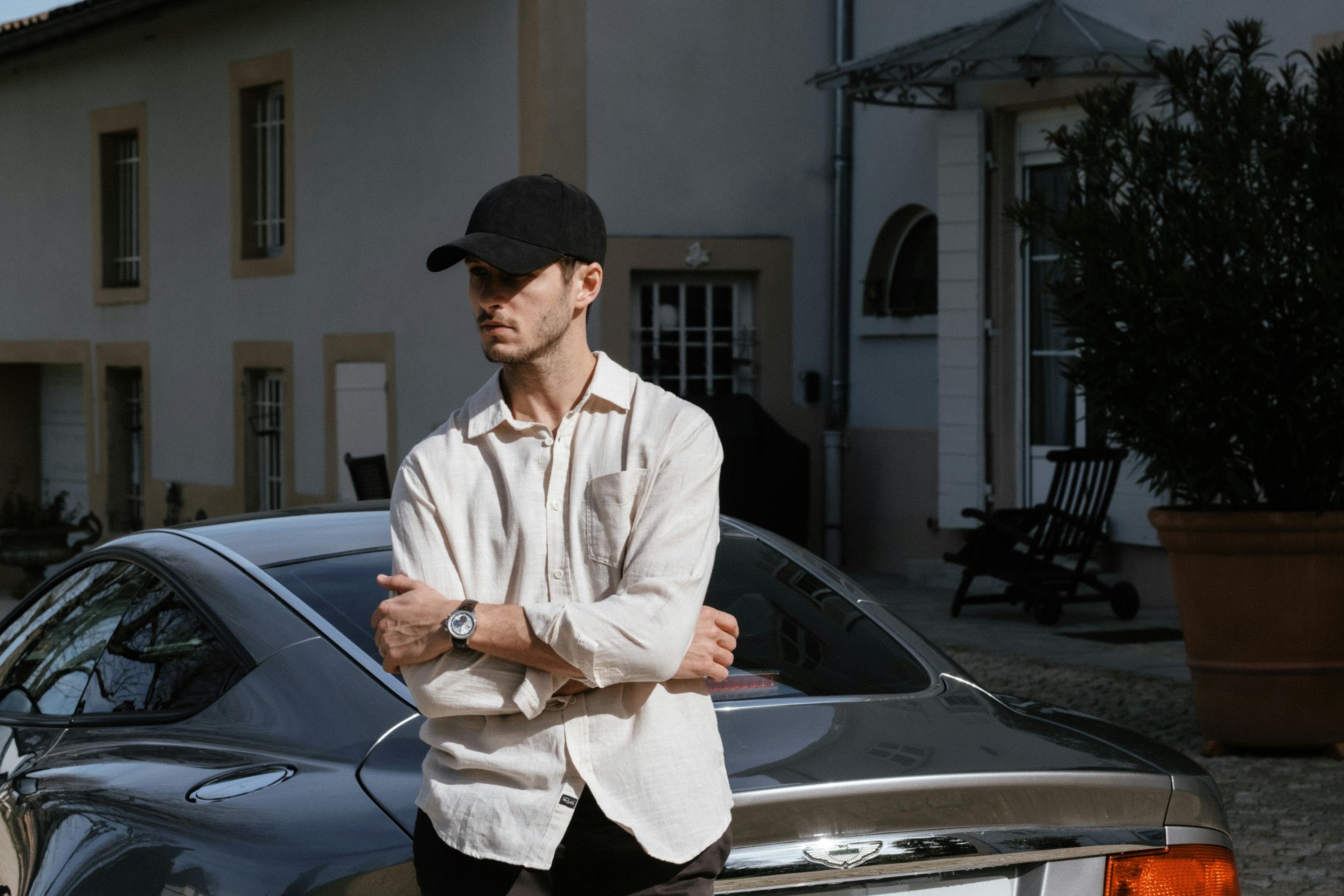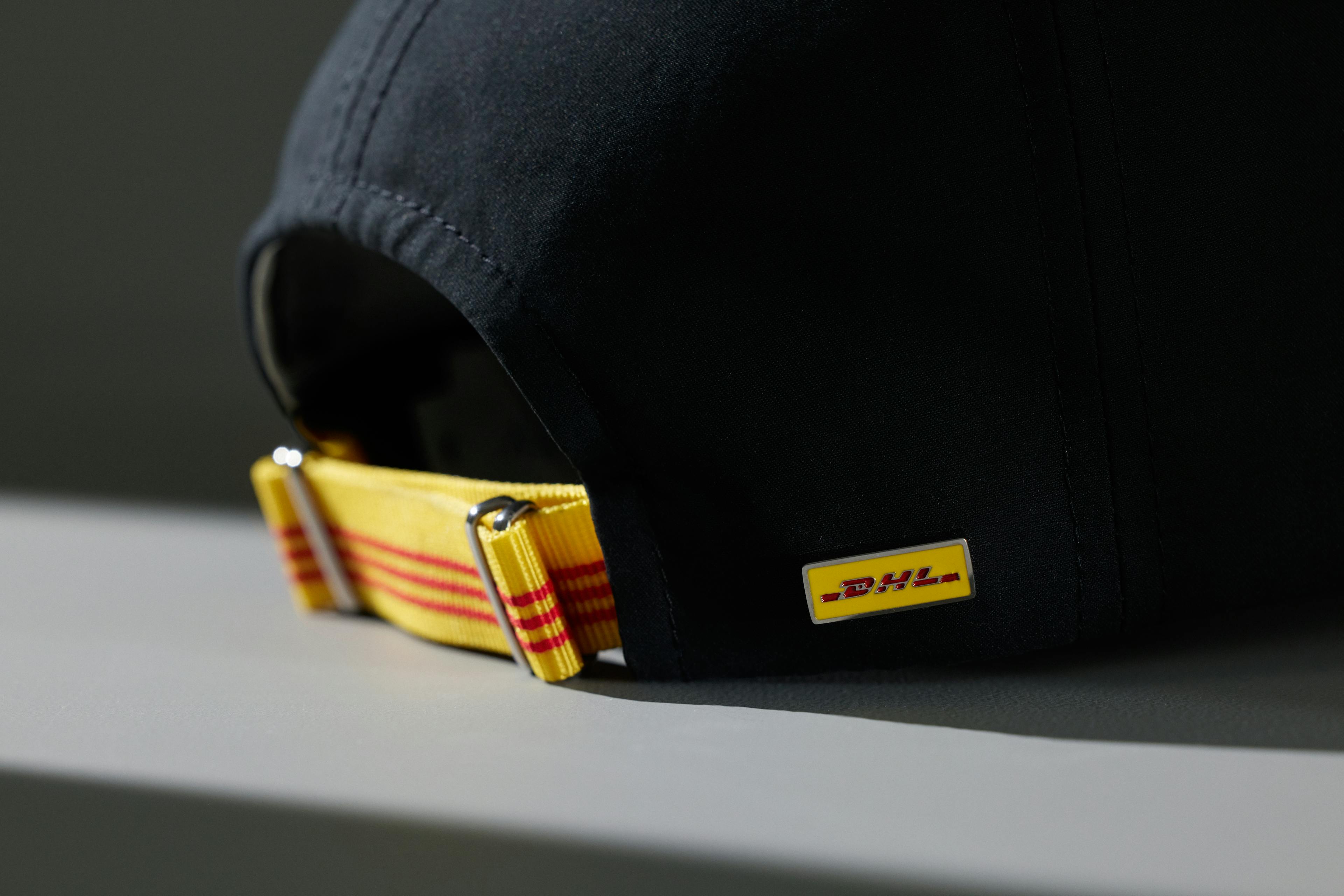
DHL X Varsity Headwear
HOW IT STARTED
In 2020 we completed a full carbon emissions assessment of all products and processes, where the results, on the whole, were positive. However, it was clear that transportation and logistics of caps were significant to overall CO2 emissions. Despite our commitment to offset all of our carbon emissions by re-investing in climate change projects globally, we recognized the opportunity to look inward at ‘in-setting,’ in which we could improve processes alongside our biggest shipping partner, DHL.

This is how the idea of a collaboration with DHL, came to life. In conversations with our Area Sales Manager, Roni Beckovic, an advocate and long-term sales manager for Varsity Headwear, it became more apparent that the two businesses shared similar values towards sustainability and business, and that any partnership should be built on a core rounded strategy of challenging, improving and learning. This is not the first time DHL has partnered with a clothing brand. In 2015, the world got to see DHL in a new context when Demna Gvasalia's (now creative director at Balenciaga) French luxury brand Vetements’ models wore bright yellow T-shirts with a DHL logo on the catwalk.
THE PROCESS
And so, Collab 2.0 was born. Instead of following the collaborations of today where brands put each other's labels on their products in order to sell many units, we wanted to actually challenge each other, learn, and implement real change. The way collaborations should be. Throughout this process, we aimed to make incremental changes to each component, which may not be visible to the naked eye but are more obvious when looked at closely. Analyzing the full scope of current practices and in particular areas including consumer behavior and responsibility, product lifecycle as well as transportation and logistics, we were collectively able to challenge and re-think both product and processes to push the boundaries and question the ’norm’.
"This cap is our concept car! As with concept cars, we have gone all-in when exploring how to make the cap more sustainable. The project has taught us valuable lessons that we will take with us," Alexander Adams, co-founder of Varsity Headwear.
This fusion of two specialists in production and logistics meant that both parties could look at a 360-degree project that fulfilled the journey from concept, through to design and final delivery. The main goal is to make the highest quality cap, in the most sustainable way. Extending the cap’s lifespan can result in a reduction, in just one extra year of life, to a product’s water, carbon, and waste footprint by 20-30%.
“Our main goal was to gain a better understanding. Sustainability in design and production is often misunderstood and counterintuitive, so we really wanted to start with a deeper understanding. With this we started the design process, leaving all preconceived notions behind and trying to free ourselves from our normal restraints.” Sebastian Adams, co-founder of Varsity Headwear.

THE PRODUCT
Our team deconstructed our current caps and rethought each component. The result? A cap that is made from 67% recycled plastic waste, carries a 65% reduction in package volume, reduced transportation emissions of more than 80%, and a total saving of more than 20,000 miles (or km) in transportation distance.
The cap comes with two sets of interchangeable straps and logos: a DHL set and a classic set of black strap and Varsity Headwear logo. Varsity is looking at how to use this new system on more collections to give customers more options and make it easier to recycle the products.
The cap is made from Seaqual®, a sustainable material made from recycled plastic from land and sea. 67% of the cap is recycled. This includes all components and materials.
The cap is soft and can fit into smaller shipping packaging. It reduces package volume by 65% and provides more efficient transport with DHL. Each cap is shipped in a reusable protective case which removes the use of one-time shipping boxes, typically known to e-commerce purchases.
Production of the cap has been moved from Asia to Estonia. This shortened the transportation distance for fabric from Portugal and for the final product to Norway, resulting in 80% reduction in CO2 emissions from transport.

FUTURE CONVERSATIONS
Although this cap is not “perfectly sustainable,” we believe that it is a step in the right direction. It gave us a chance to analyze our products and processes and to see where we can be more sustainable in the future.
“It is our belief that conversation, challenge, and learning is the only way that we can improve. We are open to criticism and open to listening about where we can improve and make changes for the better.” - Sebastian Adams, co-founder of Varsity Headwear.
As we continue our personal journey we will commit to a sustainability program that continues to scrutinize our own recycling capabilities, shipping methods, textile innovations, and the evolution of our components, including logistics interchangeable straps and the importance of simple measures such as customers measuring their heads for the correct size, thus minimizing returns.
To continue the conversation, we are sharing our learnings as a small business in our Business Guide. We have also been advised by Gro Haram, the head of sustainability at the Norwegian Fashion and Textile Agenda, on ways that our customers can improve. It takes commitment from brands, partners and customers, in the end, to make progress towards a more sustainable future in fashion.


Related articles
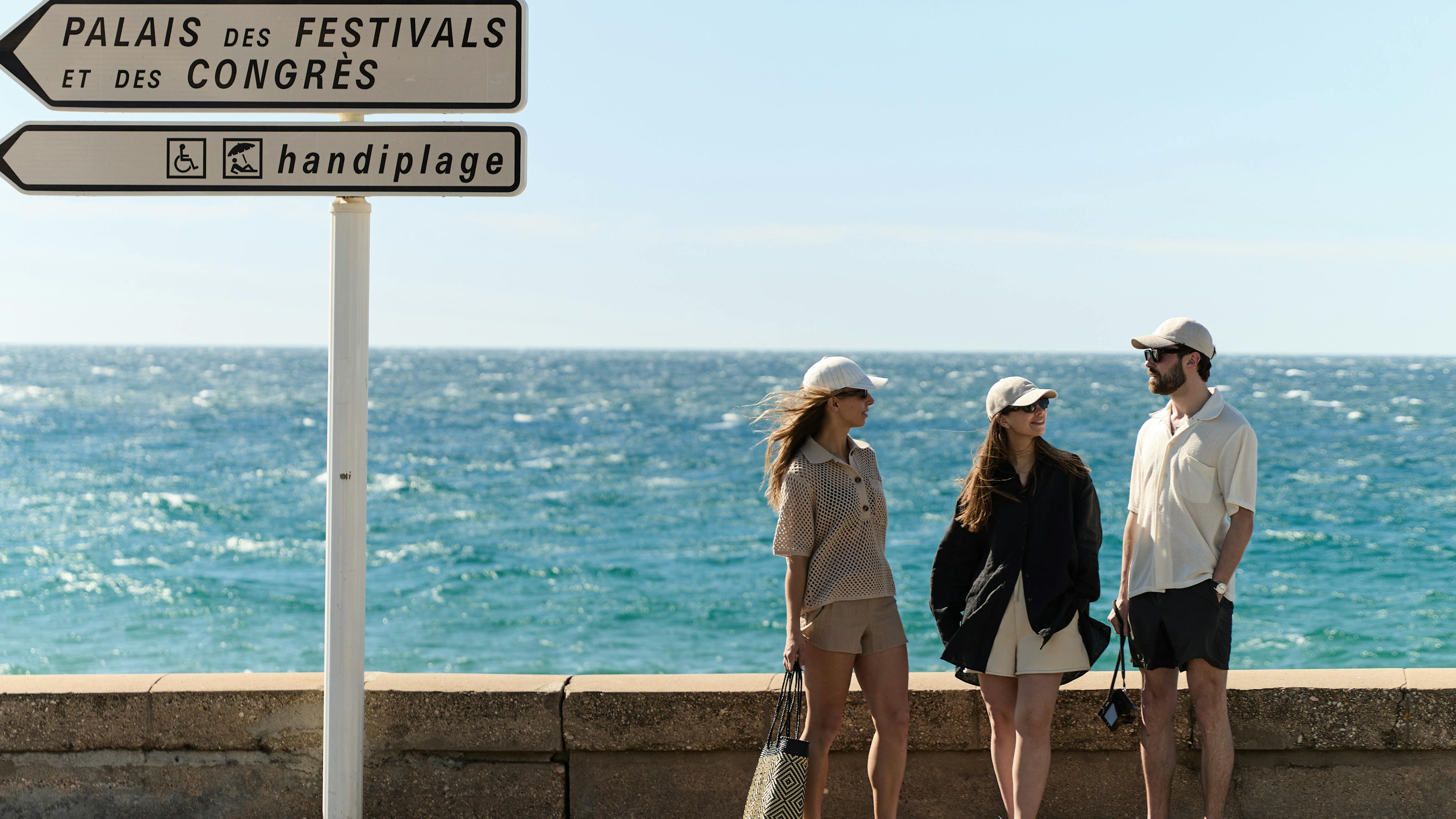
A Postcard from Cannes
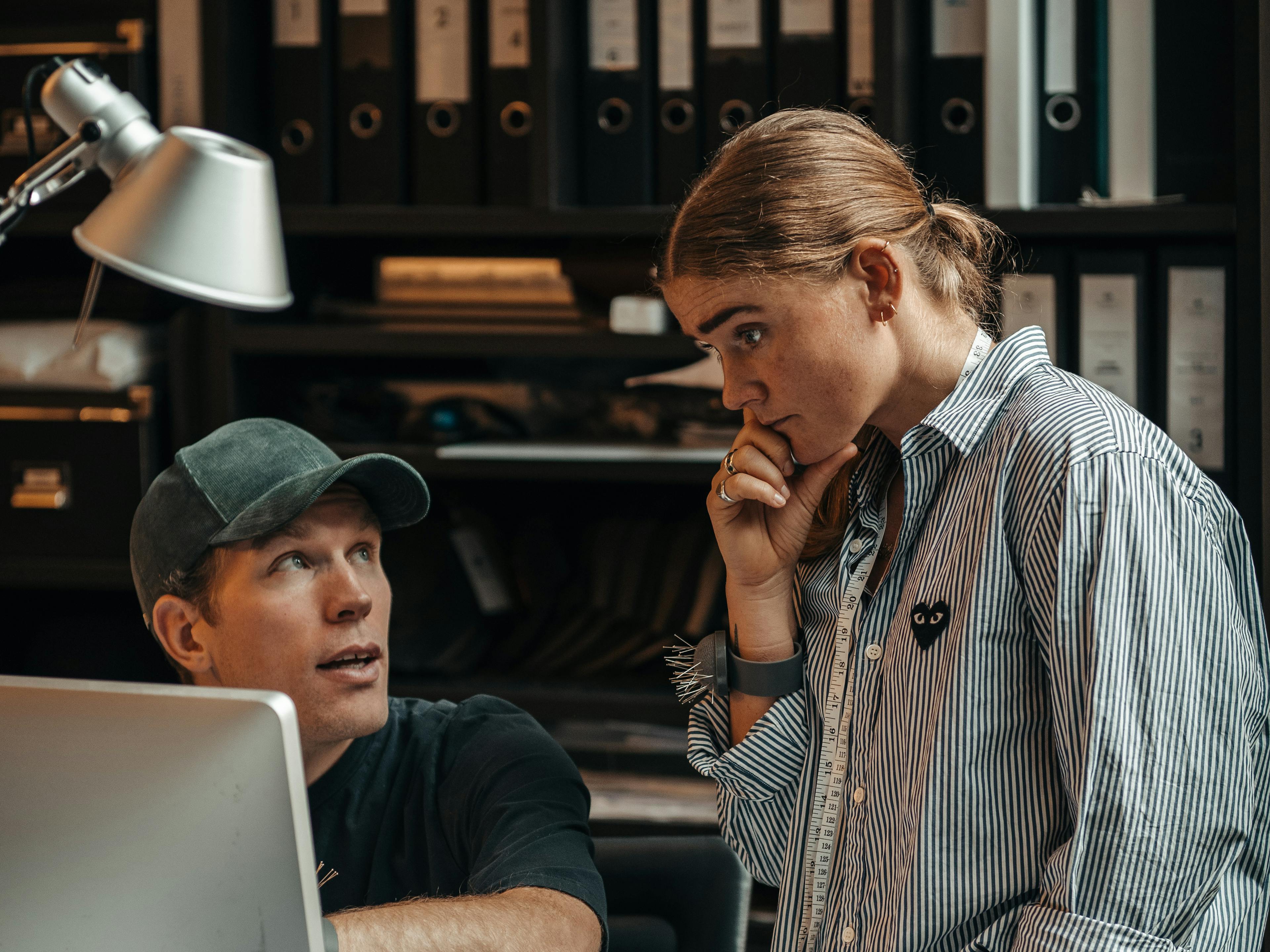
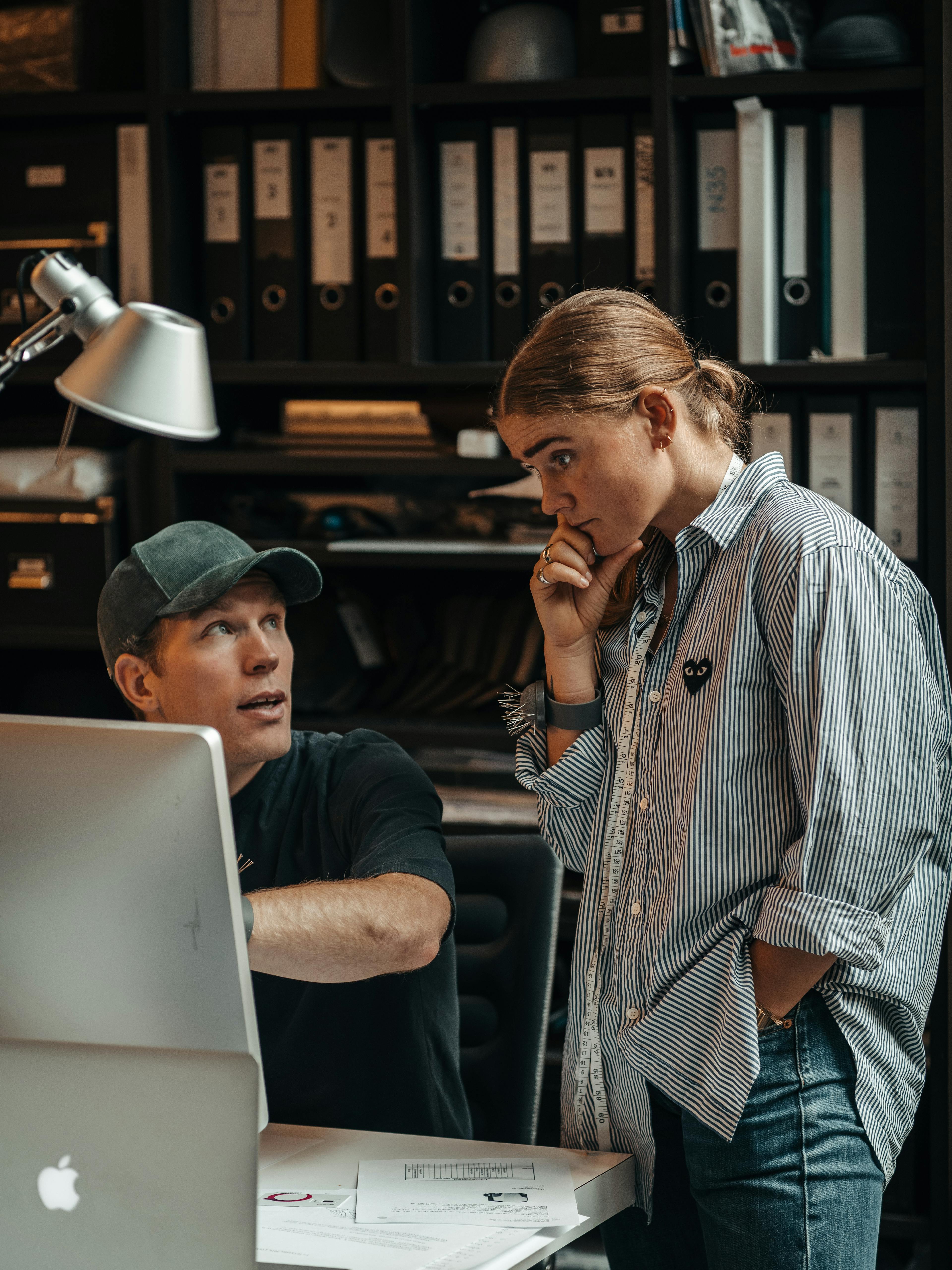
Behind the Design: Our Process
